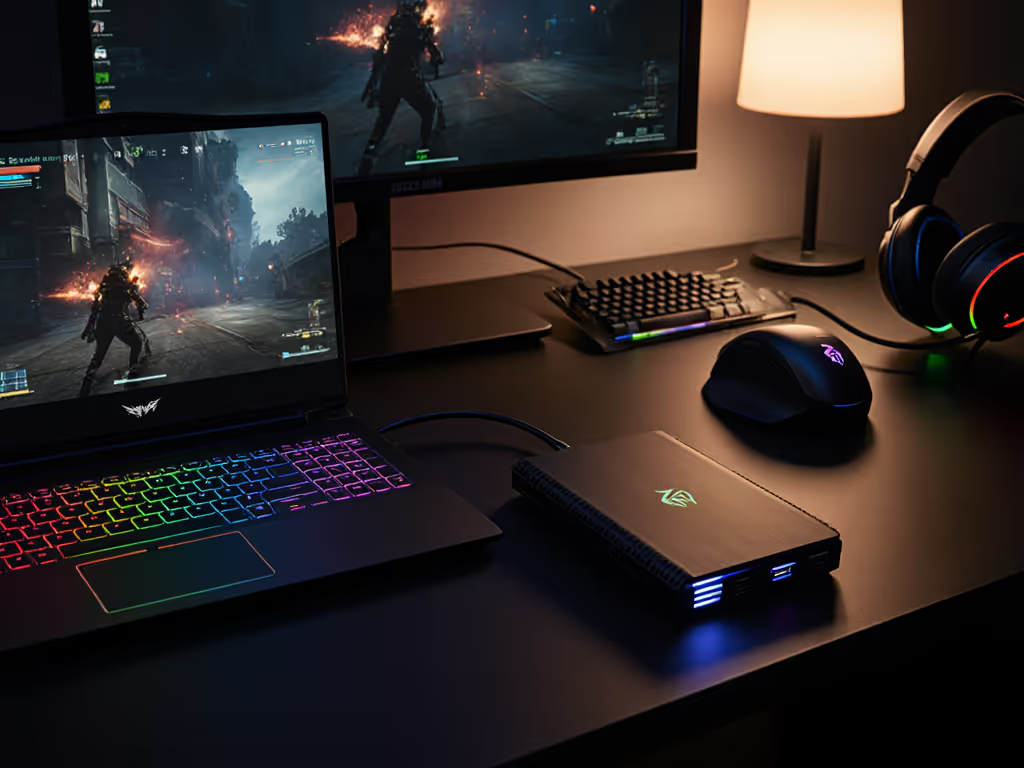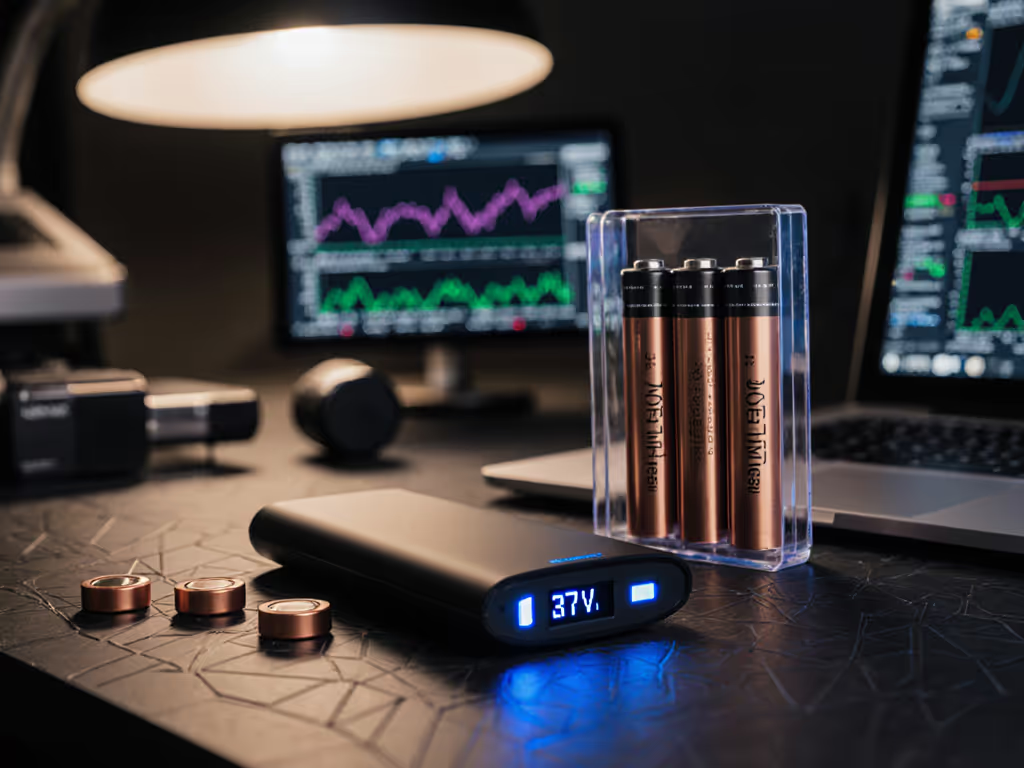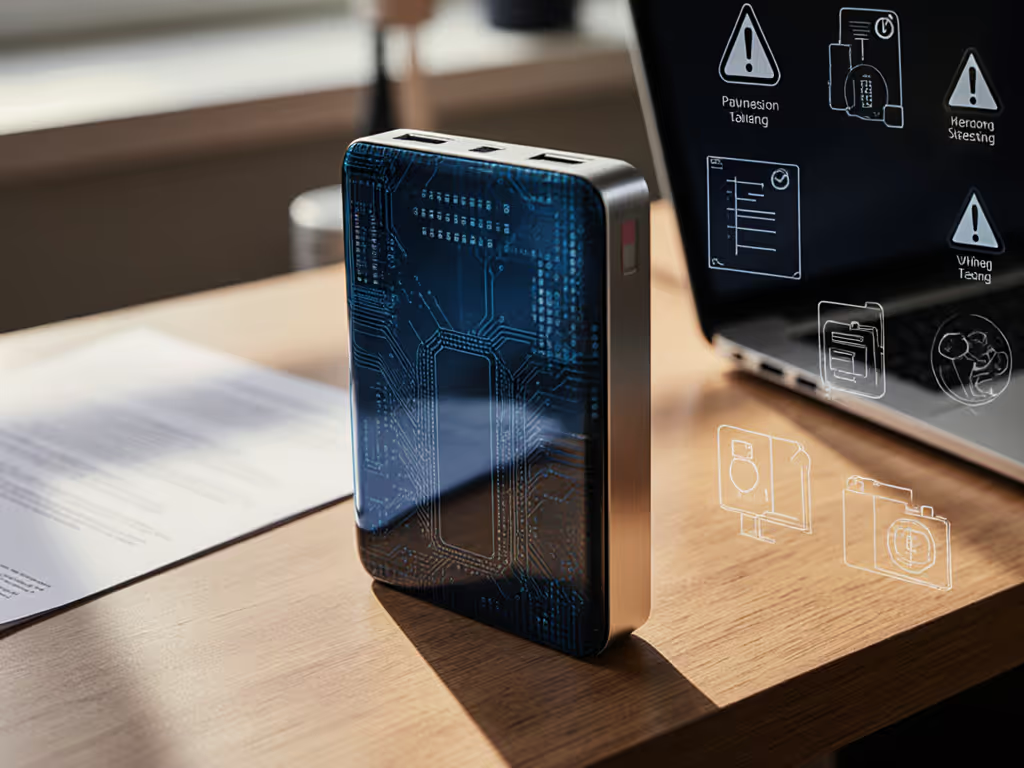
Global Power Bank Compatibility: Voltage Guide
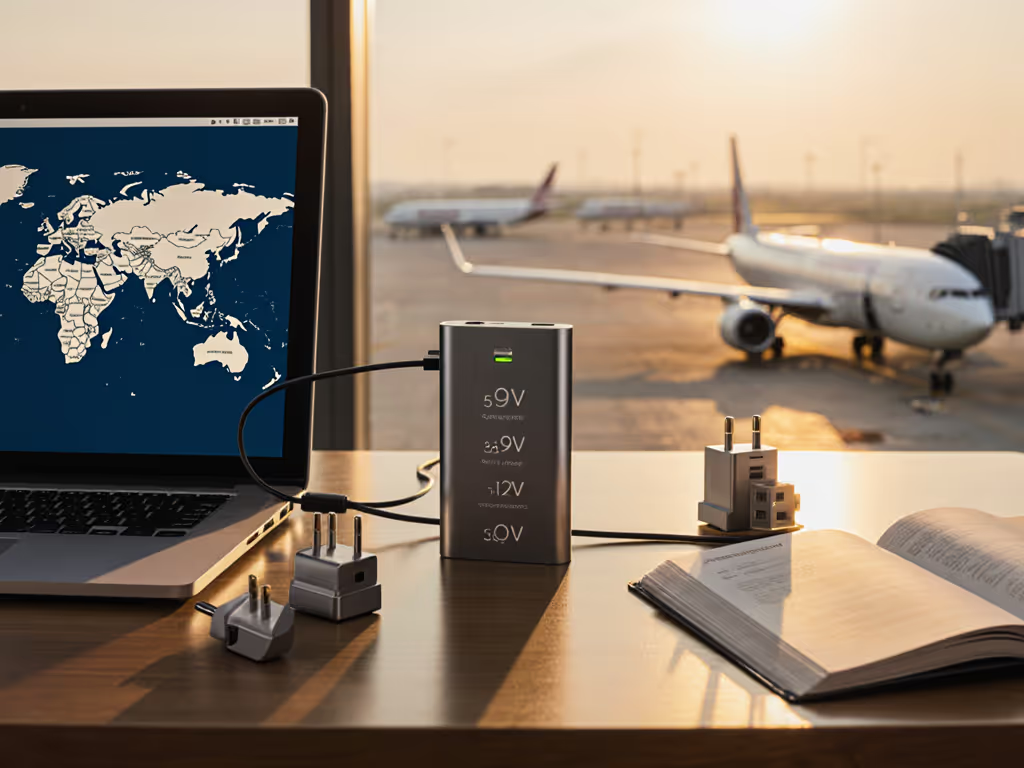
When navigating international power bank compatibility, travelers often overlook that voltage differences between regions are just one piece of the puzzle. True global travel power solutions begin with understanding how your devices negotiate power before you even plug in. Compatibility isn't an accident (it's designed upstream). Choose the right cable, and negotiation becomes predictable. If you're unsure which fast-charging standard your devices use, see our PD vs QC guide to avoid slow charging. I learned this the hard way when a friend's new phone only trickle-charged from a "fast" power bank until we spotted the cable lacked an e-marker. One swap fixed it instantly. That's why I treat cables as components, not accessories. Today, we'll cut through the confusion with actionable data, so your kit works anywhere.
Why Your Power Bank Might Fail Abroad (FAQ Deep Dive)
Q: Will my power bank work on a 220V outlet in Europe if it's rated for 110V in the US?
Short answer: Almost certainly yes, but voltage compatibility is rarely the real issue. Here's why:
- Power banks themselves don't care about regional voltage (100-240V). Their internal lithium-ion cells operate at 3.7V.
- What matters is the AC adapter you use to recharge the power bank. Most modern adapters (including those bundled with power banks) support 100-240V input. Check the label: if it says "Input: 100-240V 50/60Hz," you're covered worldwide.
- Critical exception: Cheap, unbranded adapters often only support 100-120V. These will fail (or overheat) in 220-240V regions. Always verify input range.
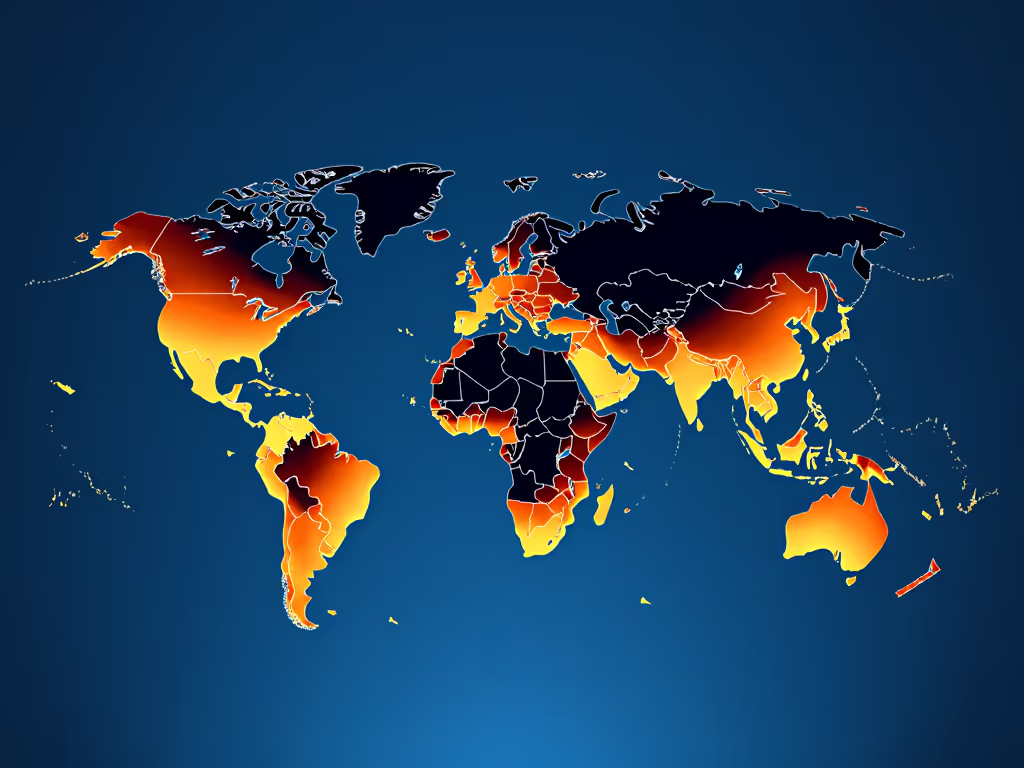
Regional breakdown example:
| Region | Common Voltage | Plug Types | Power Bank Recharge Tip |
|---|---|---|---|
| North America | 120V | A/B | Verify adapter handles 120V (most do) |
| Europe | 230V | C/F | Standard adapters work globally |
| Japan | 100V | A/B | Requires dual-voltage adapter |
| Australia | 230V | I | Beware non-standard plug shape |
Pair the cable right - this applies equally to your AC adapter's DC output cable. A damaged or low-gauge cable throttles input power, turning a 65W fast-recharge into a 5-hour slog.
Q: Do I need a voltage converter for my power bank?
No. Voltage converters are for appliances (hairdryers, kettles) that can't auto-adjust. Power banks and their adapters are already designed for global voltage input. The converter you do need is a plug adapter - but even that's irrelevant if you're using a USB-C power bank. Why?
- USB-C is your universal port. Modern power banks recharge via USB-C PD (Power Delivery), which ignores wall voltage differences. Your adapter handles conversion.
- Plug adapters only solve physical fit. They don't change voltage - so a cheap $2 plug adapter works fine. Focus on cable quality: an e-marked USB-C cable ensures stable 60W+ input during recharging. Without it, your bank might get stuck at 18W in a European hotel.
Q: What's the #1 reason fast charging fails abroad?
Cable mismatch, not voltage. Here's the hidden negotiation path:
Your Device → [USB-C Cable] → Power Bank → [AC Adapter] → Wall Outlet
↑ Critical Failure Point
- If the cable lacks an e-marker chip, it can't communicate the bank's full capability (e.g., 100W PD 3.1). Your device falls back to 18W.
- Device-specific trap: Samsung PPS (like S24 Ultra) requires e-marked cables for 45W. iPhones need 27W+ cables for 27W PD. Without this, you get 15W trickle-charge.
- Real-world fix: Carry a 100W-rated, e-marked cable (e.g., 16AWG with 5A rating). Test it before travel: plug into your bank, then check your phone's battery settings for "Charging Speed." If it shows less than expected, the cable is the culprit.
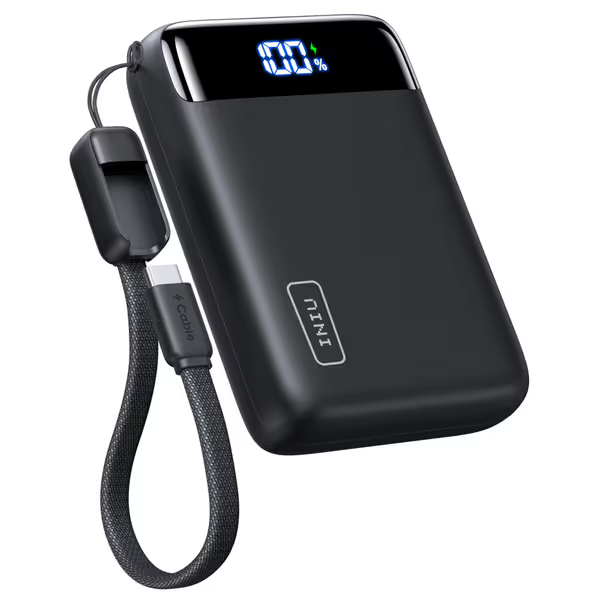
INIU 22.5W 20000mAh USB C Power Bank
The INIU 20,000mAh power bank (with USB-C I/O) exemplifies modern design - its adapter auto-handles 100-240V, so you only need a plug adapter. But pair it with a non-e-marked cable? That 22.5W output drops to 12W. Always pair the cable right.
Q: How do airline rules affect my global power bank choice?
Watt-hours (Wh), not voltage, dictate air travel rules. Misconceptions here cause airport confiscations. Key facts:
- 100Wh limit: Banks ≤100Wh (≈27,000mAh at 3.7V) are always carry-on allowed. No approval needed.
- 100-160Wh limit: Requires airline pre-approval (max 2 banks).
- Critical conversion: Use
Wh = (mAh × 3.7V) / 1000(not 5V!). Example: 20,000mAh × 3.7V / 1000 = 74Wh → always allowed.
| Capacity (mAh) | Wh (at 3.7V) | Airline Status |
|---|---|---|
| 10,000 | 37Wh | ✅ No restrictions |
| 20,000 | 74Wh | ✅ No restrictions |
| 26,800 | 99.2Wh | ✅ No restrictions |
| 30,000 | 111Wh | ⚠️ Airline approval needed |
Source: IATA 2025 Lithium Battery Guidance (Section IB, PI 965)
Pro tip: Banks ≥100Wh often list marketing mAh (based on 5V) to inflate capacity. Always calculate Wh using actual cell voltage (3.7V) for compliance. If the label omits Wh, it's likely non-compliant. For region-specific rules and packing tips, use our airline compliance guide.
Q: Why does my power bank shut down in cold climates despite correct voltage?
Battery chemistry, not voltage, is the issue. Lithium-ion cells lose efficiency below 0°C (32°F):
- BMS (Battery Management System) intentionally cuts output to prevent cell damage.
- Result: A 20,000mAh bank may deliver only 10,000mAh in -10°C. No voltage converter fixes this.
- Travel hack: Keep the bank against your body until needed. Chemical hand warmers (taped to the bank) can buy 20-30 mins of runtime in emergencies.
Your Action Plan for Predictable Global Charging
- Verify input voltage range on your AC adapter (not the power bank). Label must show "100-240V."
- Carry one e-marked USB-C cable rated for your bank's max output (e.g., 100W for PD 3.1).
- Calculate Wh for air travel using
(mAh × 3.7) / 1000- ignore marketing mAh. For step-by-step math that converts mAh to real device charges, use our capacity calculation guide. - Test your kit before travel: Check device charging speeds with your cable/bank combo.
Global power solutions fail when we treat cables as disposable accessories. But when you pair the cable right, compatibility becomes predictable - whether you're in Tokyo, Toronto, or Timbuktu. For a deeper dive into e-marker validation or airline-compliant bank shortlists, I've published a companion guide with tear-down verified picks. To choose features that match how you actually travel, see our lifestyle-based travel power bank comparison. Stay charged, not surprised.
Related Articles

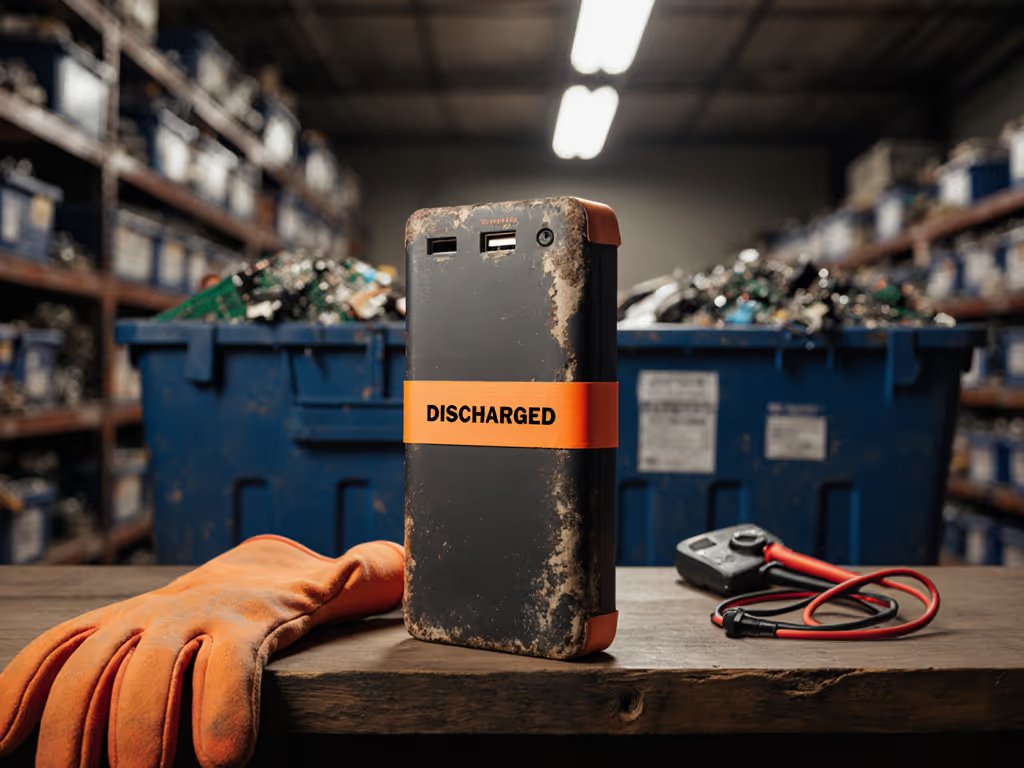
Power Bank Recycling Guide: Compliant Disposal Steps
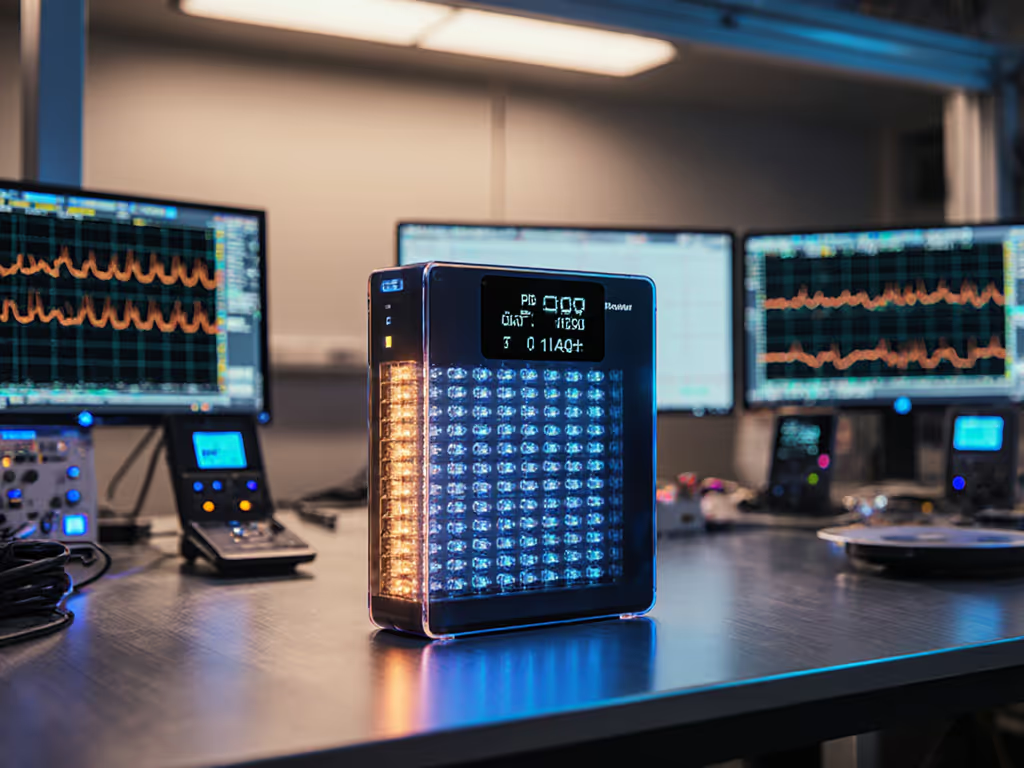
Solid-State Power Banks: Real Safety, Real Energy Density
